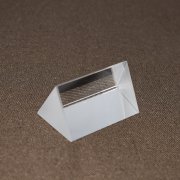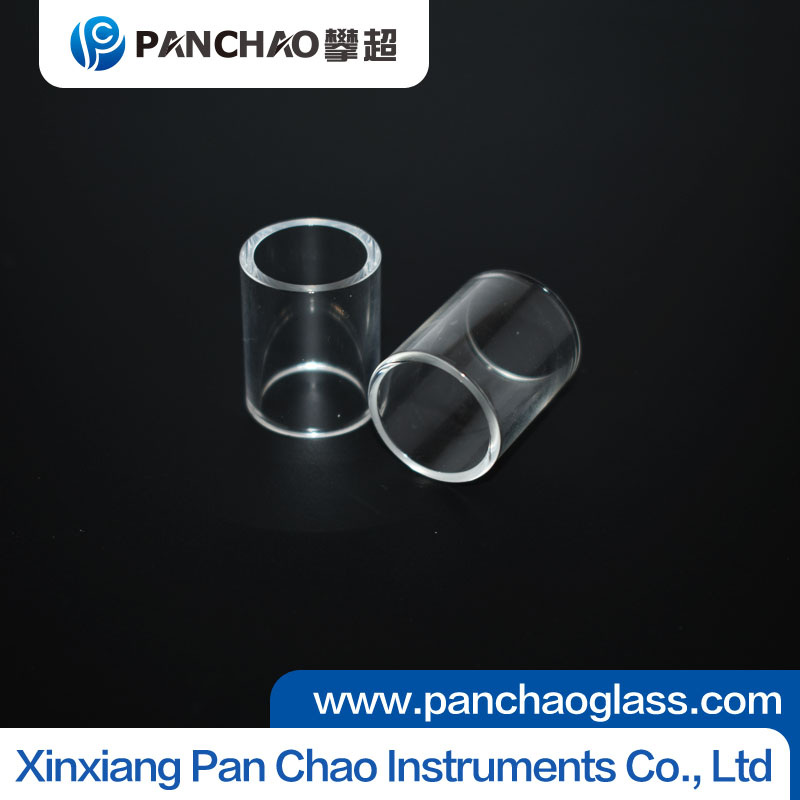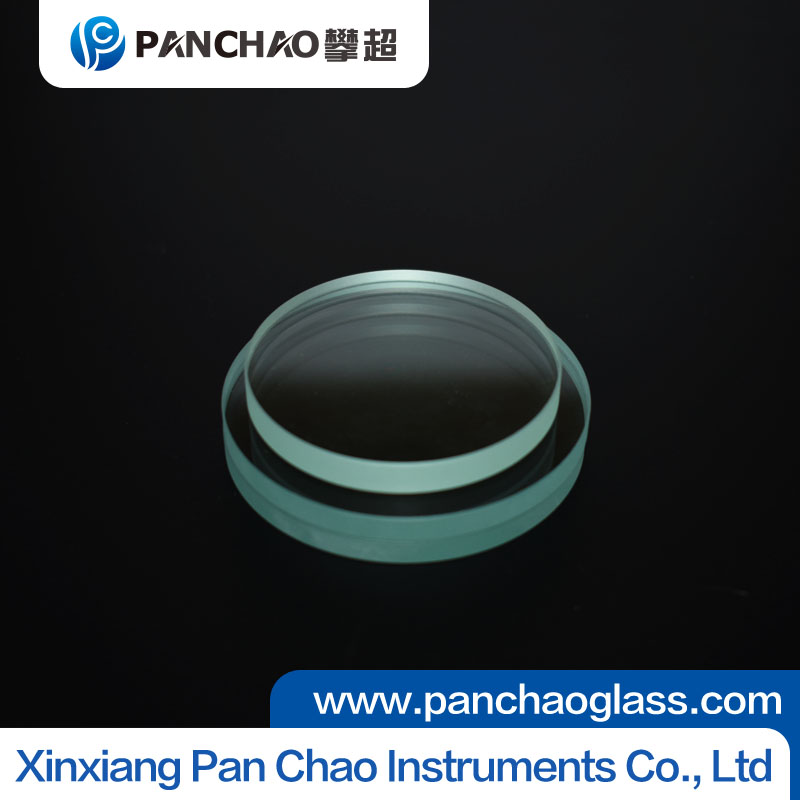
Custom Small Glass Tube Case Study: From Drawing to Finished Product
Behind every custom small glass tube lies a process that combines precision engineering with craftsmanship. From an initial concept or drawing to the final polished product, every stage determines the quality and performance of the finished tube.
The process begins with customer design input. Clients often provide technical drawings specifying dimensions, wall thickness, and material—such as borosilicate, quartz, or tempered glass. Engineers review these requirements, checking tolerances and production feasibility. For instance, when the design includes micro-holes or special curvature, it may require precision laser cutting or CNC machining.
Next comes the material selection phase. Borosilicate glass is chosen for its excellent thermal resistance, quartz for optical clarity and UV transmission, and tempered glass for mechanical strength. The right material ensures the tube meets the intended use—whether it’s for laboratory sampling, sensor protection, or optical testing.
During fabrication, technicians perform cutting, fire-polishing, and edge grinding. Fire polishing not only smooths the edges but also increases surface strength by relieving internal stress. In cases requiring openings or special joints, laser drilling or flame sealing is used to ensure a clean, bubble-free finish.
After shaping, the product undergoes quality inspection. Each tube is measured with micrometer accuracy, checked for concentricity, and tested for transparency and heat resistance. Only those that pass every parameter move to packaging and delivery.
This end-to-end process demonstrates how a concept on paper evolves into a durable, high-precision component. With the right design communication and experienced manufacturing, custom small glass tubes can achieve exceptional consistency and performance—meeting diverse needs across scientific, industrial, and optical applications.
Related articles
- Limitations and Precautions in Secondary Processing of Temper
- Impact Resistance of Tempered Small Glass Tubes: Advantages a
- Can Tempered Glass Tubes Withstand High Pressure? Experimenta
- How Heat-Resistant Is Borosilicate Glass Tubing? Why It’s t
- Common Sight Glass Failures and Solutions: Fogging, Cracks, a
- Safety of Tempered Sight Glass: Burst Risks and Protective Me
- Sight Glass in Chemical Equipment: A Detailed Look at Corrosi
- From Boilers to Chemical Tanks: The Critical Role of Sight Gl
- Industrial Applications of Sight Glass: The Transparent Guard
- Industrial Applications of Sight Glass: The Transparent Guard

Xinxiang Pan Chao Instruments Co., Ltd.
Tel: +86 13343800331
Contact person:Carrie Niu
Fax: 0373 303 0331
Email:sales@panchaoglass.com






